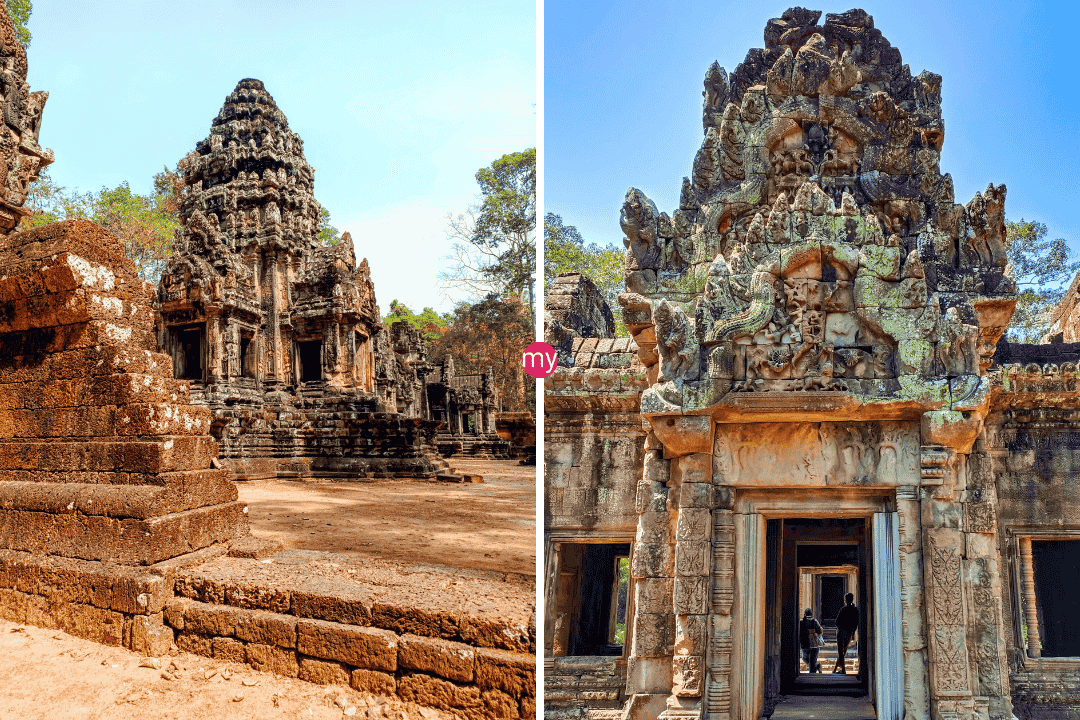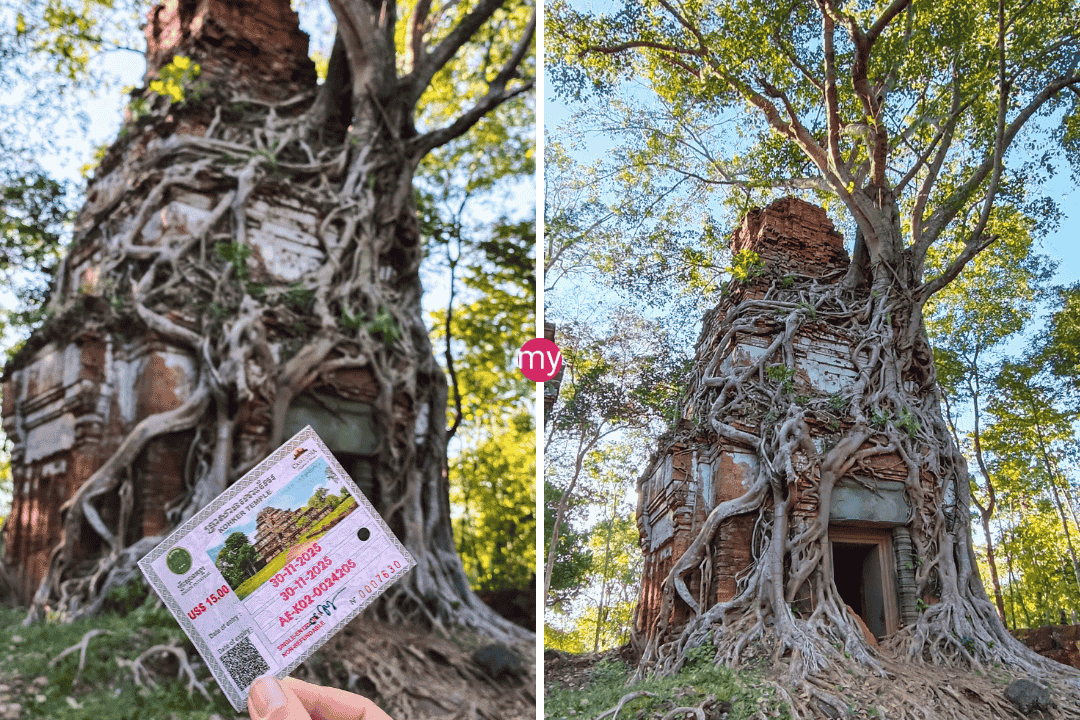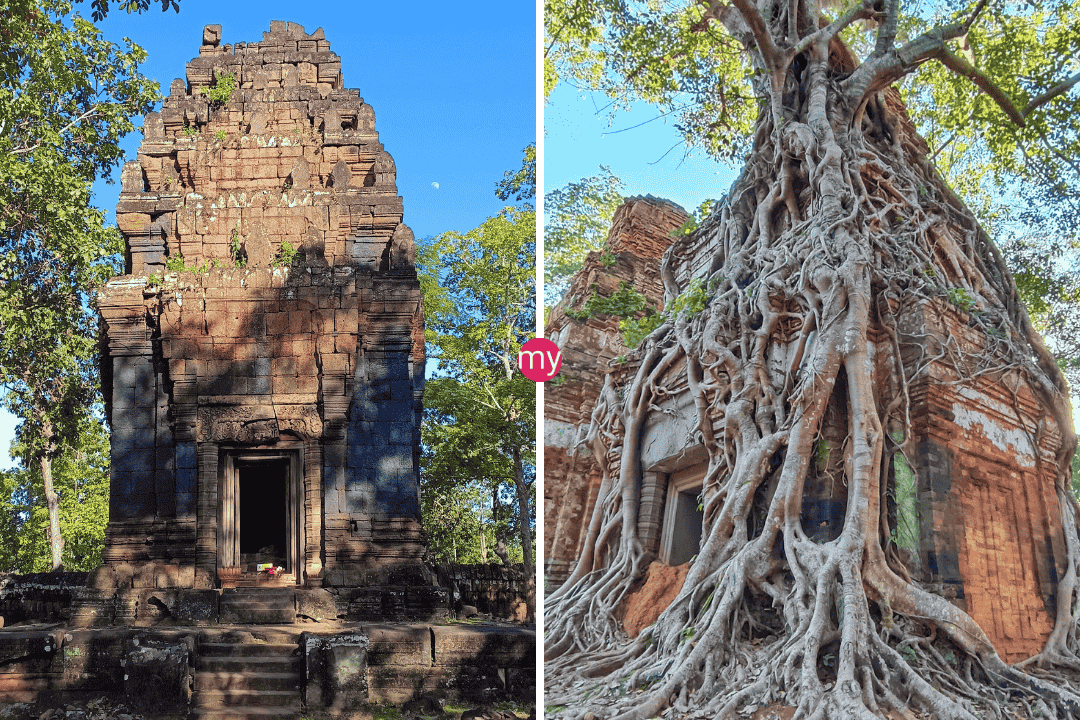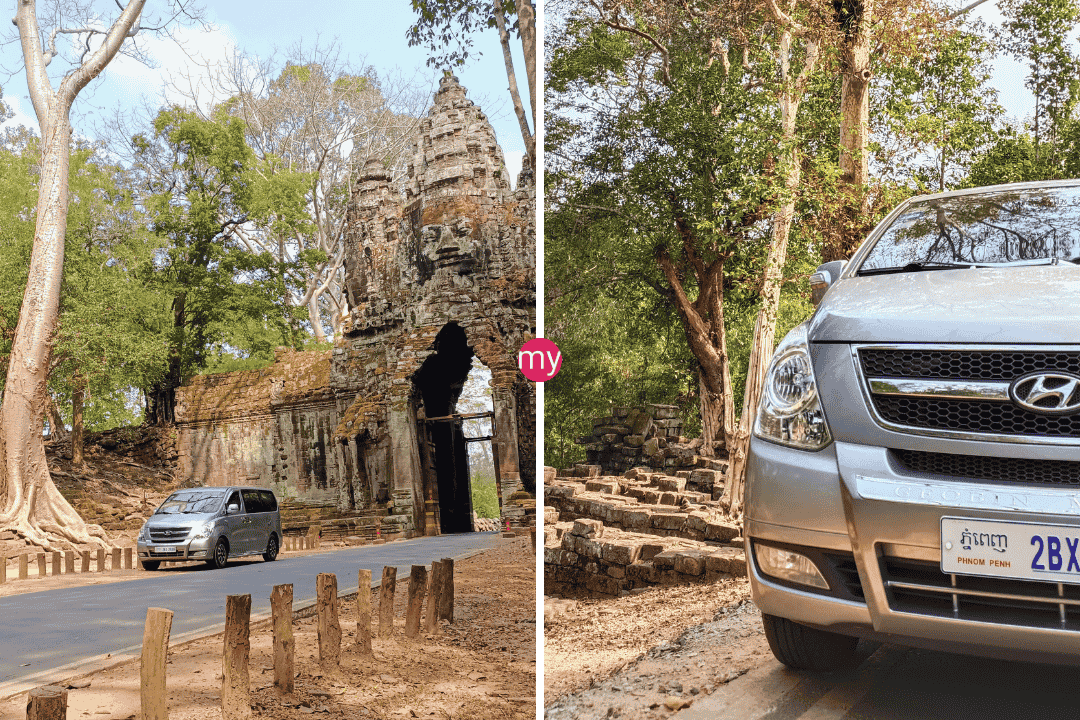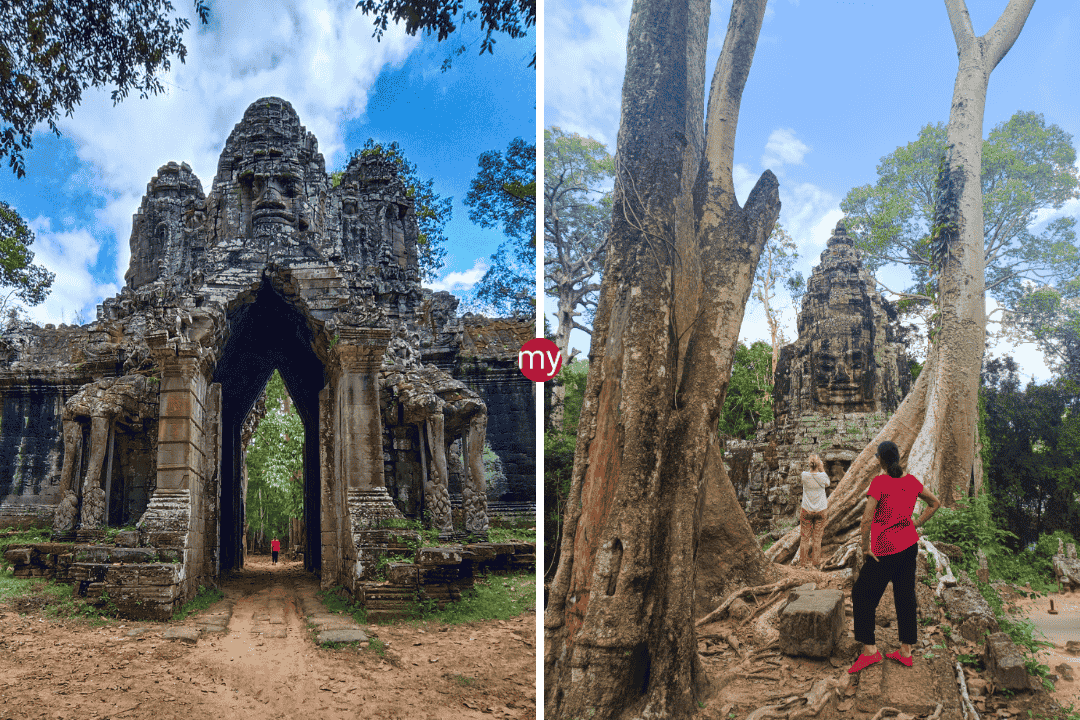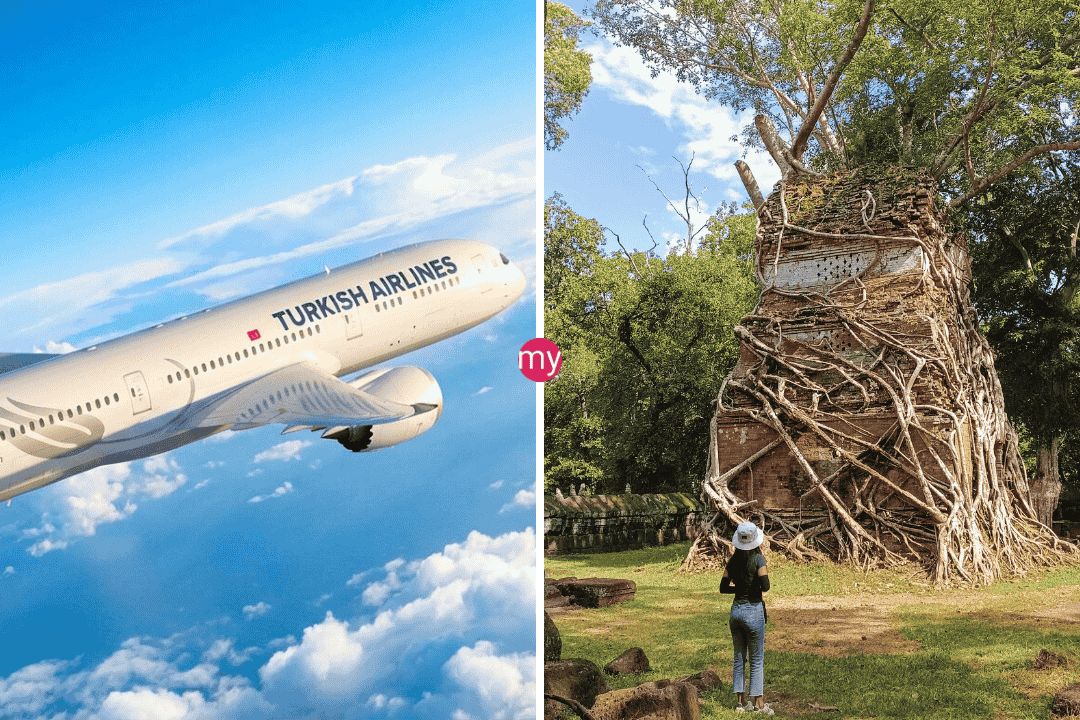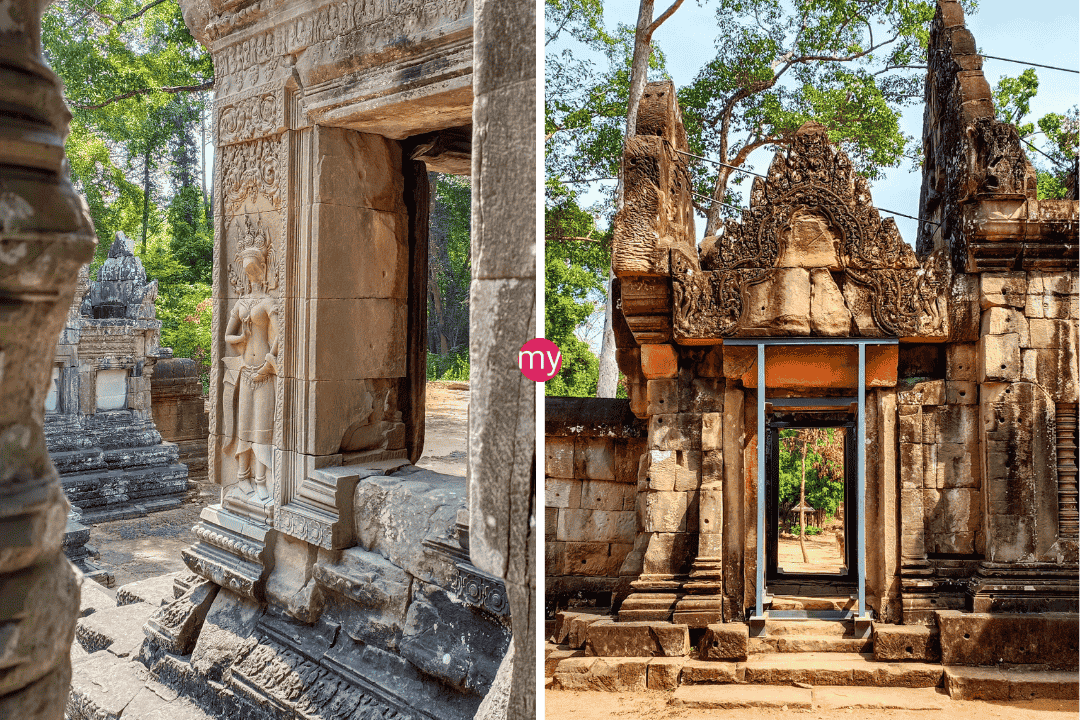5 Must-Experience Seasonal Temple Events in Siem Reap
Discover, Engage, Transform your Experience!
Picture a place where ancient temples meet lively traditions.
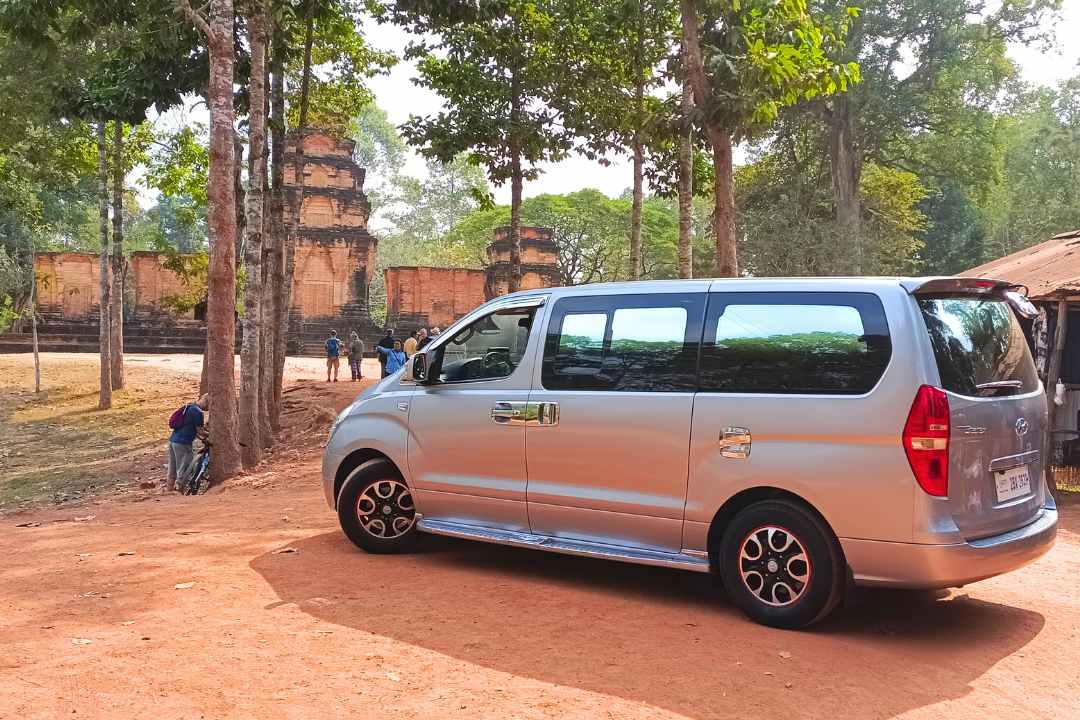
Welcome to Siem Reap, Cambodia. It attracts people worldwide with its beauty and culture. The city, with 245,000 people1, is the door to Angkor’s wonders. Besides famous temples, it shows unique cultural practices.
This guide leads you to Siem Reap’s top seasonal temple events.
You’ll discover, engage, and transform your experience. Enjoy festivals like Visak Bochea’s candlelit walks and Pchum Ben’s special offerings. They let you dive into the angkor wat festival dates, siem reap temple ceremonies, and seasonal rituals in angkor. These are key parts of the Khmer culture.
If you’re interested in khmer holiday celebrations or angkor temple festivities, this guide is for you. It makes sure your visit to Siem Reap is memorable. You’ll experience religious events in siem reap and buddhist ceremonies angkor wat. Plus, you’ll see hindu rituals in angkor.
Get ready for an unforgettable trip. It’s not just about full moon ceremonies siem reap or equinox event angkor wat. You’ll also see the beauty of pchum ben siem reap temples and visak bochea angkor. Your journey will be rich with siem reap temple pilgrimage events.
Key Takeaways
- Discover the vibrant seasonal temple events that define Siem Reap’s cultural calendar
- Engage in sacred rituals and ceremonies that offer a transformative experience
- Explore the rich tapestry of Khmer traditions, from festivals to daily life
- Immerse yourself in the timeless allure of Angkor Wat and other ancient temples
- Plan your visit to coincide with the best time to experience the seasonal events
The Gateway to Angkor: Siem Reap’s Cultural Allure
Siem Reap is a lovely town with a mix of villages and unique buildings. It has become a top spot for travelers heading to the ancient temple ruins of Angkor. It’s not just about the famous Angkor Wat. Siem Reap also shows off Khmer culture and traditions in many ways.
Siem Reap: A Tapestry of Experiences
There’s more to Siem Reap than temples. It has lively markets, fun bars, and even a must-see circus. Plus, you can relax in calm spas. The best time to go is from November to March. Weather is nice, and it’s not too hot. But in April and May, it gets really warm, sometimes over 35°C. The Hot Season is here, with very little rain. September and October see a lot of rain. Despite this, it makes everything green. It’s also a good time for cheaper stays.
Immersing in Khmer Culture and Traditions
At the markets, you can try tasty street food and learn about local culinary traditions. Watching traditional performances and mingling with locals offer a full view of Siem Reap’s charm.
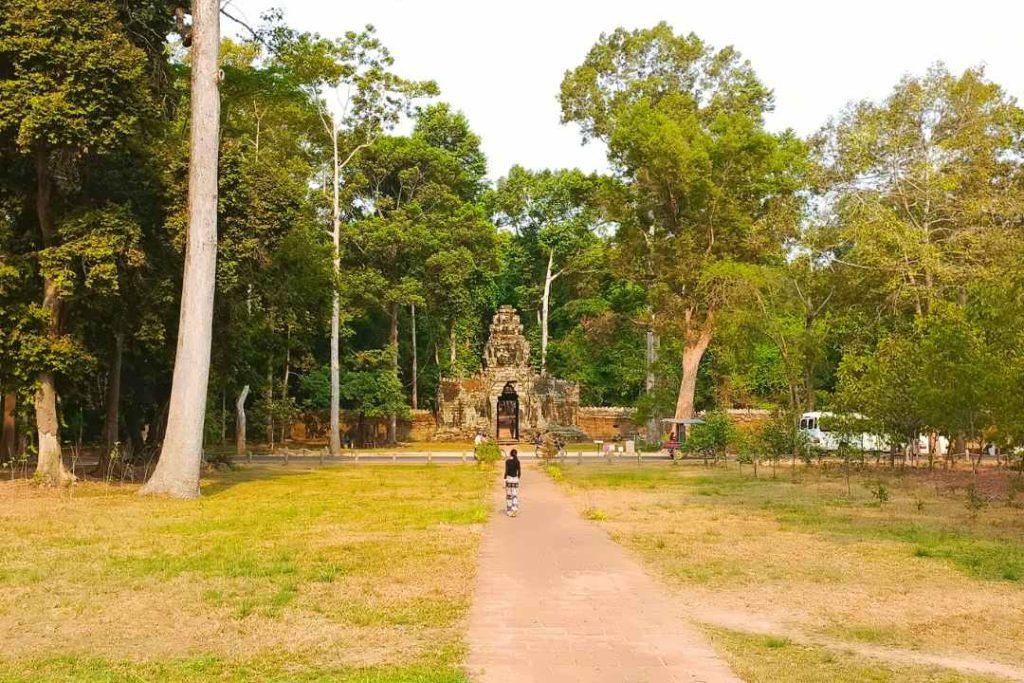
1. Visak Bochea: Candlelight Processions and Mystical Vigils
Visak Bochea happens in May or June. In Siem Reap, people celebrate with candlelight processions and mystic vigils. These events are at Angkor Wat and other ancient temples. It marks Buddha’s birth, enlightenment, and passing with stunning ceremonies. Participants light candles and make offerings at these holy places. The temples shine in a magical light, creating an unforgettable spiritual experience for all.
Celebrating the Birth, Enlightenment, and Passing of Buddha
The Visak Bochea festival is very important to Cambodians. It celebrates Buddha’s birth, the time he became enlightened, and when he died. People place flowers, incense, and candles at the temples to show respect and feel closer to Buddha.
Illuminated Rituals at Angkor Wat
Angkor Wat plays a central role in the Visak Bochea celebrations. The ancient temple’s carvings light up with candles and sutra chants. Visitors can see unique processions, join in quiet vigils, and feel the mystical spirit there. This event strengthens people’s ties with Buddhism and the Khmer culture.
2. Magha Puja: Offerings and Ceremonies at Illuminated Ruins
Siem Reap feels full of spirit during Magha Puja in March. It’s a big Buddhist festival celebrating Buddha’s teachings. The ancient Angkor Wat temples shine in a special light, drawing people for sacred rituals.
Honoring the Teachings of Buddha
Magha Puja, also called Meak Bochea, brings Cambodians together to honor Buddha’s lessons.The area around Angkor Wat sets the scene for this special time. People give offerings and take part in ceremonies linking them to Khmer’s spiritual core.
Angkor Wat Aglow with Sacred Rituals
Walking through the Angkor Archaeological Park during Magha Puja is awe-inspiring.Angkor Wat and its many temple structures light up with a heavenly glow. You’ll see how devoted the Cambodian people are as they celebrate Buddha’s teachings. It’s a spiritual and unforgettable experience for all who visit.
3. Pchum Ben: Honoring Ancestors with Feasts and Rituals
As autumn arrives, Siem Reap lights up with Pchum Ben, a deep 15-day festival. It starts in late September or early October. Cambodians celebrate to remember their ancestors and feel close to spirits.
Connecting with the Spiritual World
The core of Pchum Ben is believing that spirits can visit during this time. Families cook big meals and offer them in temples. They think their ancestors will enjoy these dishes. This act feeds the souls of the departed and connects the living with the spirits.
Elaborate Offerings and Ceremonies
The last three days of Pchum Ben are the most important. People come to the temples very early to bring food to the monks. The smell of fresh meals fills the air as families show respect to their ancestors. These ceremonies are touching and show a strong link between the physical and spiritual worlds.
Joining the Pchum Ben celebrations makes me see the power of keeping traditions alive. It also shows how we stay connected to our past and ancestors, even after they’re gone. This festival helps me understand the Khmer people’s deep respect for the spiritual world.

Seasonal temple events Siem Reap: Unveiling Ancient Traditions
In Siem Reap, you’ll discover more than famous festivals. This place shines with events that show the deep Khmer culture. For example, the Bon Om Touk Water Festival fills the Siem Reap River with life. And the equinox and solstice celebrations at Angkor Wat show ancient rituals. They let you see into Cambodia’s rich spiritual past.
4. Bon Om Touk: The Water Festival Celebration
Each year, the Bon Om Touk Water Festival brightens the Siem Reap River. It’s a time of boat races, shows, and fun. You can join in and see how the Khmer people celebrate.
5. Equinox and Solstice Celebrations at Angkor Wat
Angkor Wat, a UNESCO gem, glows during special equinox and solstice times. Light and shadow dance over its detailed art. Being there for sunrise can be a life-changing experience. It helps you feel the ancient wonder’s sacred vibe.
| Event | Description | Highlights |
|---|---|---|
| Bon Om Touk Water Festival | An annual celebration marking the reversal of the Tonle Sap River flow. | Colorful boat races, traditional performances, festive gatherings. |
| Equinox and Solstice Celebrations at Angkor Wat | Cosmic events showcasing the interplay of light and shadow across the temple’s architecture. | Serene sunrise experience, connection with the sacred energy of Angkor Wat. |
Immersing in Local Life: Beyond Temple Festivities
When you visit Siem Reap, the temple events are a must-see. But don’t miss your chance to dive into local life without the big celebrations.
Exploring Vibrant Markets and Street Food
At places like Siem Reap’s Old Market (Phsar Chas), visitors meet friendly locals. They also get to try the amazing Khmer street food, learning about local culinary traditions. The Old Market is always lively. Here, vendors sell their goods, bargain with customers, and create a bustling scene of regular life, perfect for exploring.
Traditional Performances and Cultural Exchanges
Watching traditional shows and getting involved in cultural activities is key for a full Siem Reap experience. Places like the Cambodian Cultural Village educate about the many ethnic groups’ customs and ways, offering a rich view of Cambodia’s cultural tapestry.
| Seasonal Event | Duration | Timing |
|---|---|---|
| Khmer New Year (Chaul Chnam Thmey) | 3 days | Mid-April |
| Pchum Ben Festival | 15 days | September or October |
| Water Festival (Bon Om Touk) | 3 days | November |
| Magha Puja Day | 1 day | February or March |
| Visak Bochea | 1 day | May or June |
| 2024 Water Festival | 3 days | November 14 to November 16 |
For the MySiemReaptours.com audience
Planning Your Journey: Tips for Experiencing Seasonal Events
Choosing the Right Time to Visit
When you plan to visit Siem Reap for its temple events, think it over. Pick the time carefully, based on the festival you want to see. Each festival has its special dates. The top time to go is in October, November, or December. In Cambodia’s dry season, from November to April, the weather is great. It’s between 68°F (20°C) and 95°F (35°C), with 75% humidity. But in August’s rainy season, it’s hotter, with temperatures from 75°F (24°C) to 100°F (38°C). Humidity is over 85% then.
Respecting Cultural Norms and Etiquette
Learning about cultural customs and etiquette is key for a good trip. Almost everyone in Cambodia speaks Khmer, its official language. Remember not to litter, especially at places like the Angkor Archaeological Park, which is a UNESCO site.
Angkor’s Enduring Legacy: Preserving Cultural Treasures
The temples of Angkor are a long-lasting symbol of the Khmer civilization. They include the famous Angkor Wat. These places show more than 2,000 years of Cambodia’s unique culture. This large area, the Angkor Archaeological Park, needs careful protection. It is a UNESCO World Heritage Site. Efforts to keep it true to its history are ongoing.
Conservation Efforts and Sustainable Tourism
In Cambodia, Angkor Wat is very well-known. It was made in the 12th century. Over the years, it has faced many challenges. In 1992, it was put on a list of endangered places but was removed in 2004. This was after work to restore it. Keeping Angkor’s history safe is very important now. It needs a good balance between looking after it and having tourists visit. So, it can continue to be a special place for everyone.
Engaging with Local Initiatives and Organizations
Every visitor to Angkor can help keep this amazing place safe. By getting involved with local groups, they can help protect the Angkor Archaeological Park for the future. Some places, like the Angkor National Museum and the Cambodian Cultural Village, show the Khmer people’s culture. They offer chances for people to learn and be amazed.
Being a responsible tourist and caring about the locals is key. It helps make sure Angkor’s history is alive for new generations. We can help by learning, visiting, and supporting Angkor’s protection. This way, we all do our part in keeping Cambodia’s cultural jewels safe.
Embracing Transformative Experiences
Siem Reap’s temple events let you dive into Cambodia’s cultural and spiritual roots. Joining in the festivals like Visak Bochea’s candlelit walks and Pchum Ben’s special offerings, you’ll feel changed. It connects you with the Khmer people and helps you understand their culture more. This way, I can leave Siem Reap with a heart full of new love for this special place.
The city’s lively celebrations show the play between light and shadow at Angkor Wat. Going in the dry season makes it even more special. This is the best time to feel the spiritual energy and join in with everyone else.
But there’s more to Siem Reap than the temples. You can explore the local food, watch shows, and soak up the Khmer culture. These experiences make me feel closely connected to the place. I leave Siem Reap amazed by its spirit and strength, knowing I’ll be back to learn more.
Featured
Explore more on My Siem Reap Tours
Koh Ker and Beng Mealea guided tour | Banteay Srei temple tour semi-private guided tour | Angkor Wat Sunrise shared tour | Koh Ker and Beng Mealea guided tour | Morning Siem Reap floating village tour | Afternoon Siem Reap floating village tour | Private Angkor Wat special tour | Kulen Waterfall small group guided Tour | Private Angkor Wat mix temples photo tour
